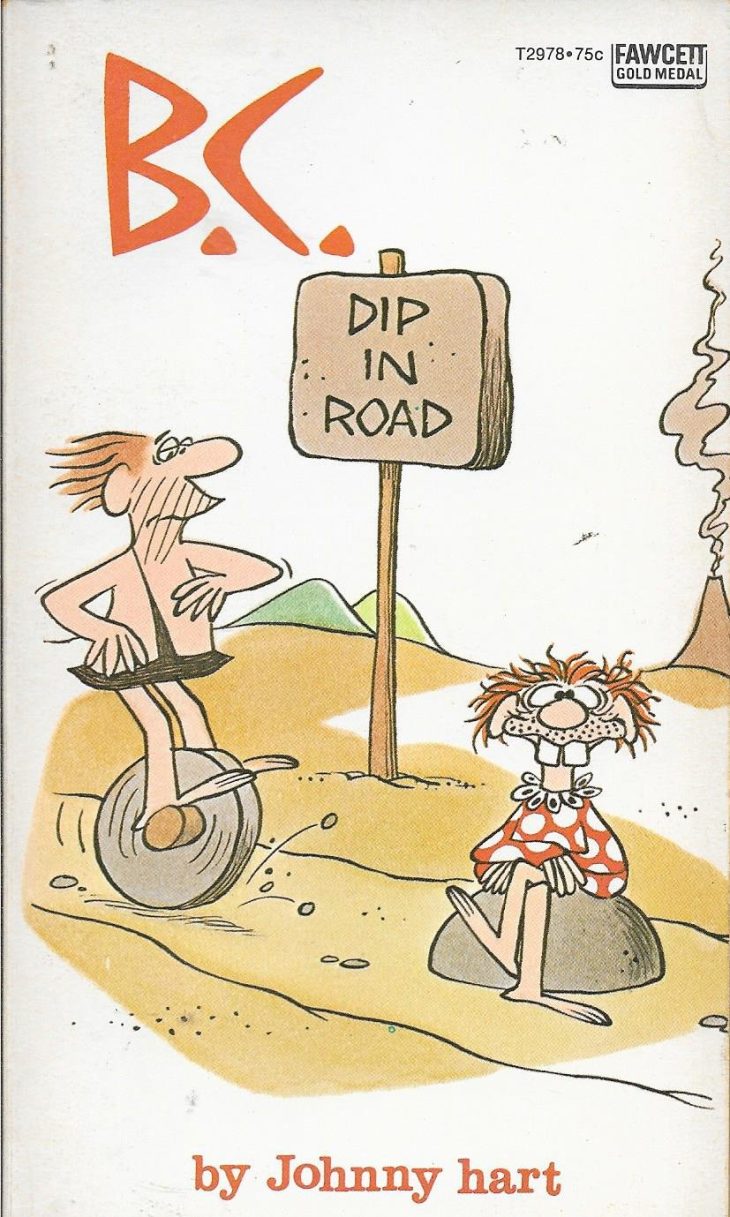
Word of the Day: Capricious
Today’s word of the day, courtesy of The Dictionary Project, is capricious. Capricious means “characterized by sudden, impulsive changes in thoughts or actions; led by whims; impulsive; unpredictable,” according to the newsletter. Dictionary.com defines it as “subject to, led by, or indicative of a sudden, odd notion or unpredictable change; erratic” and then adds “fanciful or witty” as an obsolete definition, meaning that nobody uses it this way anymore.
It entered the language in the “1590s, ‘humorous;’ c. 1600, ‘apt to change the mind suddenly, fickle,’ from French capricieux ‘whimsical’ (16c.), from Italian capriccioso, from capriccio (see caprice)” (https://www.etymonline.com/word/capricious#etymonline_v_27684). The etymology for caprice says, “’sudden change or start of the mind without apparent motive,’ 1660s, from French caprice ‘whim’ (16c.), from Italian capriccio ‘whim,’ originally ‘a shivering,’ a word of uncertain origin. Some guesses from 19c. are that it is from capro ‘goat,’ with reference to frisking, from Latin capreolus ‘wild goat,’ or that the Italian word is connected with capo ‘head’ + riccio ‘curl, frizzled,’ literally ‘hedgehog’ (from Latin ericius). The notion in this case would be of the hair standing on end, hence a person shivering in fear” (ibid.).
First, it is interesting that the adjective entered the language before the noun even though it looks like the adjective is derived from the noun. Second, it is interesting that the word seems to have meant one thing for a brief time before it began to mean something else. Third, you might notice how linguists don’t always know exactly where a word came from, that they are just guessing. Finally, I like the notion that a word describing human behavior may have originally come from a word that described an animal.
On this date in 1958, the New York Herald Tribune Syndicate published Johnny Hart’s comic strip B.C. for the first time. Hart had marketed the strip to other newspapers unsuccessfully until then.
Johnny Hart (1931-2007) was a life-long cartoonist, publishing work for the first time while he was serving in Korea in Stars and Stripes, the daily newspaper (and now website) of the US Armed Forces. After returning from Korea, he had individual cartoons published in magazines like The Saturday Evening Post. He also had other jobs, like in a restaurant, while he was developing his career as a cartoonist. He created B.C. in 1957.
He said that he got the idea for B. C. from a coworker, and that his wife gave him the title. He also described the title character as being like himself, “playing the ‘patsy.’ The other major characters — Peter, Wiley, Clumsy Carp, Curls, and Thor — were patterned after friends and co-workers” (https://en.wikipedia.org/wiki/B.C._(comic_strip)). There were also anthropomorphic animals, including dinosaurs, specifically velociraptors.
According to animator Ed Benedict, in 1960, Hart was approached by Hannah-Barbera about doing a prime time series version of B.C. But the talks fell through, and Hannah-Barbera produced a different show with cavemen-type characters called The Flintstones (loosely based on Jackie Gleason’s The Honeymooners).
Johnny Hart died in 2007, but his grandchildren took over the writing and drawing of the cartoon, though it is now syndicated by Creative Syndicate. The sad thing is that comic strips are not as popular as they once were because fewer and fewer people read newspapers. In the last three months, two of the biggest newspapers in the country, the Washington Post and the Los Angeles Times, have announced massive layoffs. But you can catch the most recent strips at this website: https://www.gocomics.com/bc/2024/02/17.
You can also find books with the old strips in them. You may find them clever and witty.
I don’t think I can put up an image of one of the B.C. strips because of potential copyright infringement, but I can share this image of a now out-of-print book by Johnny Hart that you can find on Amazon. Enjoy.